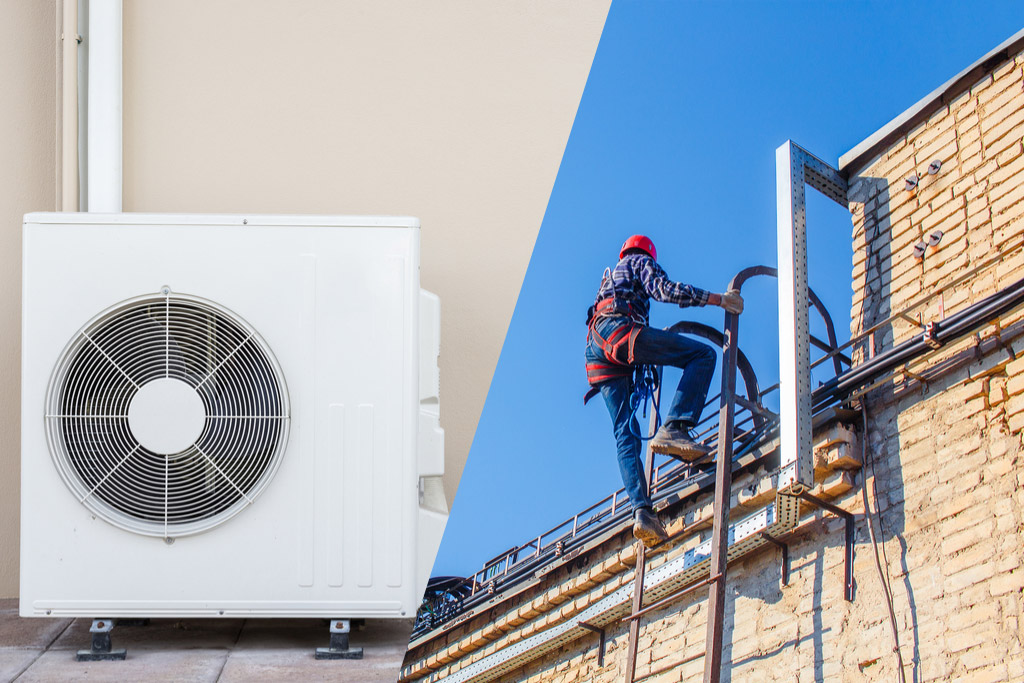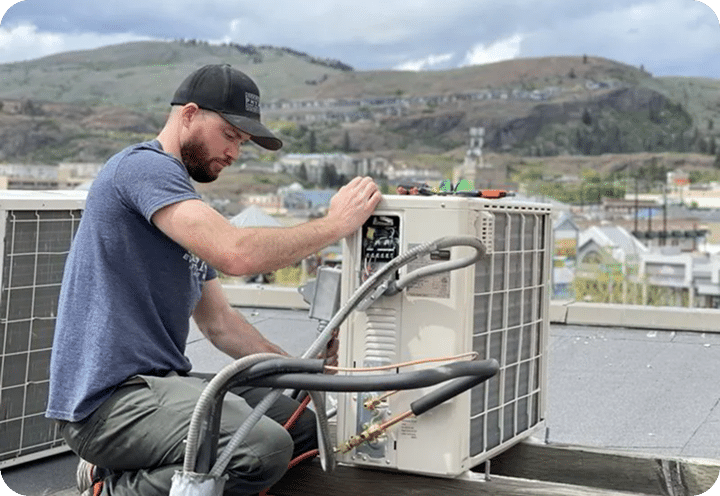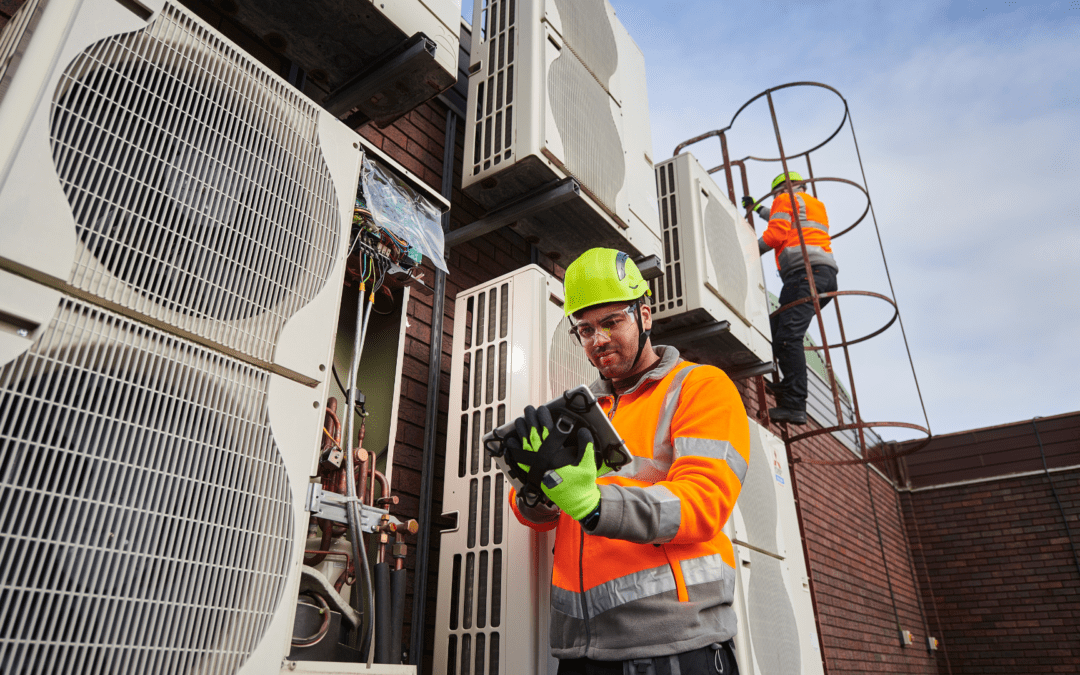Air Conditioning Installation in the Hills District: What Homeowners Should Know
Air Conditioning Installation in the Hills District: What Homeowners Should Know
As the summer months approach, the need for effective cooling solutions becomes paramount for homeowners in the Hills District. With the projected expenditure of $3.1 billion on cooling systems in Australia during the 2024–2025 summer, understanding the nuances of air conditioning installation is crucial. This guide aims to provide homeowners with essential insights into the installation process, types of systems available, and tips for maintaining a comfortable home environment.
Understanding Air Conditioning Systems
Before diving into the installation process, it is vital to understand the different types of air conditioning systems available. Each system has its unique features, benefits, and suitability for various home layouts.

1. Ducted Air Conditioning
Ducted air conditioning systems are ideal for larger homes or those with multiple rooms. This system uses a network of ducts installed throughout the house to distribute cool air evenly. Homeowners opting for air conditioning installation Hills District services often choose ducted systems for their ability to control temperatures in different zones, ensuring comfort in every corner of the home.
One of the main advantages of ducted systems is their ability to maintain a consistent temperature across large areas. They are also less obtrusive, as the indoor units are hidden in the ceiling or walls, leaving more space for decor.
2. Split System Air Conditioning
Split system air conditioners are a popular choice for smaller homes or individual rooms. These systems consist of an outdoor unit and one or more indoor units. They are relatively easy to install and can be a cost-effective solution for cooling specific areas of the home.
With split systems, homeowners can enjoy the flexibility of cooling only the rooms they use most often, which can lead to energy savings. Additionally, many modern split systems come with energy-efficient features, making them an environmentally friendly option.
3. Portable Air Conditioners
For those who may not want to commit to a permanent installation, portable air conditioners offer a versatile solution. These units can be moved from room to room, providing cooling wherever it is needed. They are particularly useful for renters or those living in smaller spaces.
While portable air conditioners are convenient, they may not be as energy-efficient as ducted or split systems. Homeowners should consider their cooling needs and usage patterns before opting for this type of system.
The Installation Process
Installing an air conditioning system is a significant investment, and understanding the installation process can help homeowners make informed decisions. Here’s a step-by-step guide to what you can expect during the installation.
1. Site Assessment
The first step in the installation process is a comprehensive site assessment by a qualified technician. This assessment will determine the best type of system for your home, taking into account factors such as the size of the space, insulation levels, and existing ductwork.
During this assessment, the technician will also discuss your cooling needs and preferences, ensuring that the chosen system aligns with your lifestyle. This is an excellent opportunity to ask questions and clarify any concerns you may have.
2. Choosing the Right System
Based on the site assessment, the technician will recommend the most suitable air conditioning system for your home. Factors to consider include energy efficiency ratings, cooling capacity, and the specific features of each system.
Homeowners should also consider the long-term costs associated with each system, including installation, maintenance, and energy consumption. Investing in a high-efficiency system may have a higher upfront cost but can lead to significant savings over time.
3. Installation Day
On the day of installation, the technicians will arrive with the necessary equipment and materials. The installation process can take several hours, depending on the complexity of the system being installed. For ducted systems, additional time may be required for ductwork installation.
During installation, the team will ensure that all components are correctly fitted and that the system is tested for optimal performance. Homeowners should feel free to ask questions during this process to gain a better understanding of their new system.
4. Post-Installation Support
Once the installation is complete, the technicians will provide homeowners with information on how to operate and maintain their new air conditioning system. This may include guidance on setting the thermostat, cleaning filters, and scheduling regular maintenance checks.
It is essential to keep in mind that regular maintenance is key to ensuring the longevity and efficiency of your air conditioning system. Homeowners should establish a maintenance schedule with their service provider to keep their system running smoothly.
Energy Efficiency and Cost Considerations
As Australians prepare for a scorching summer, energy efficiency becomes a critical consideration for homeowners. The average temperature set for air conditioning in households is around 22 degrees Celsius, which can lead to increased energy consumption during peak summer months.
1. Understanding Energy Ratings
When selecting an air conditioning system, it is essential to look for energy efficiency ratings. Systems with higher ratings consume less energy, which can lead to lower electricity bills. The Energy Efficiency Ratio (EER) and Seasonal Energy Efficiency Ratio (SEER) are two key metrics to consider when evaluating a system’s efficiency.
Investing in an energy-efficient system not only benefits the environment but also provides long-term savings for homeowners. Many modern systems come equipped with features such as programmable thermostats and smart technology, allowing for better energy management.
2. Budgeting for Installation and Maintenance
Homeowners should budget for both the initial installation costs and ongoing maintenance expenses. While it may be tempting to opt for the cheapest installation option, it is crucial to consider the quality of service and the reputation of the provider.
Reputable companies, such as Alliance Climate Control and GAM Air Conditioning, offer high-quality installation services and ongoing support. With over 15 years of experience, these companies are well-equipped to handle the unique needs of Hills District homeowners.
3. Government Incentives and Rebates
Homeowners may also want to explore government incentives and rebates for energy-efficient air conditioning systems. Various programs are available that can help offset the costs of installation and encourage the adoption of environmentally friendly technologies.
Researching available incentives can provide significant savings and make the transition to a more energy-efficient system more affordable.
Maintaining Your Air Conditioning System
Once your air conditioning system is installed, proper maintenance is essential to ensure its longevity and efficiency. Regular maintenance can prevent costly repairs and keep your system running smoothly throughout the summer months.
1. Regular Filter Changes
One of the simplest yet most effective maintenance tasks is changing the air filters regularly. Clogged filters can restrict airflow, making the system work harder and consume more energy. Homeowners should check their filters monthly and replace them as needed, typically every 1-3 months.
2. Professional Maintenance Checks
Scheduling annual professional maintenance checks is crucial for keeping your system in top condition. During these checks, technicians will clean components, check for refrigerant leaks, and ensure that the system operates efficiently.
Regular maintenance can also extend the lifespan of your air conditioning system, providing peace of mind for homeowners. Many service providers offer maintenance plans that include regular check-ups and priority service for repairs.
3. Monitoring Performance
Homeowners should monitor their air conditioning system’s performance throughout the summer. If you notice any unusual noises, decreased cooling efficiency, or increased energy bills, it may be time to contact a professional for an inspection.
Being proactive about maintenance and addressing issues early can save homeowners from more significant problems down the line.

Conclusion
Air conditioning installation in the Hills District is a significant investment that can greatly enhance comfort during the hot summer months. By understanding the different types of systems available, the installation process, and the importance of maintenance, homeowners can make informed decisions that benefit their homes and families.
With the projected increase in cooling costs, investing in an energy-efficient system and establishing a regular maintenance routine can lead to long-term savings and a more comfortable living environment. Whether you choose a ducted system, split system, or portable unit, ensuring that your air conditioning system is installed and maintained by qualified professionals will provide peace of mind and comfort for years to come.
You may also like to read: Buyers Agency Bondi: Insider Knowledge on Sydney’s Iconic Suburb
FAQs
Homes in the Hills District can choose from ducted systems for larger homes, split systems for individual rooms or smaller homes, and portable units for flexible cooling without permanent installation.
The best system depends on your home’s size, layout, insulation, number of rooms, and personal cooling needs. A professional site assessment can help determine the most suitable option.
Installation involves a site assessment, choosing the right system, professional installation of all components, testing for performance, and post-installation guidance on usage and maintenance.
Look for high Energy Efficiency Ratio (EER) and Seasonal Energy Efficiency Ratio (SEER) ratings, choose modern energy-saving features, and consider smart thermostats or programmable settings.
Professional maintenance checks should be done at least once a year. Additionally, filters should be checked and replaced every 1–3 months depending on usage.
Yes, various Australian government programs provide rebates or incentives for energy-efficient systems. Homeowners should research available programs to reduce installation costs.
Installation time depends on the system type and complexity. Split systems may take a few hours, while ducted systems with ductwork can take longer. Your installer will provide an estimated timeframe.
Check for qualifications, licences, experience, customer reviews, range of services offered, warranties, and post-installation support to ensure quality and reliability.
Portable units are convenient for small spaces and temporary cooling but are generally less energy-efficient and may not cool large areas as effectively as ducted or split systems.
Regular maintenance, timely filter changes, monitoring performance, sealing ducts, and following manufacturer guidelines can help ensure your system operates efficiently for years.

